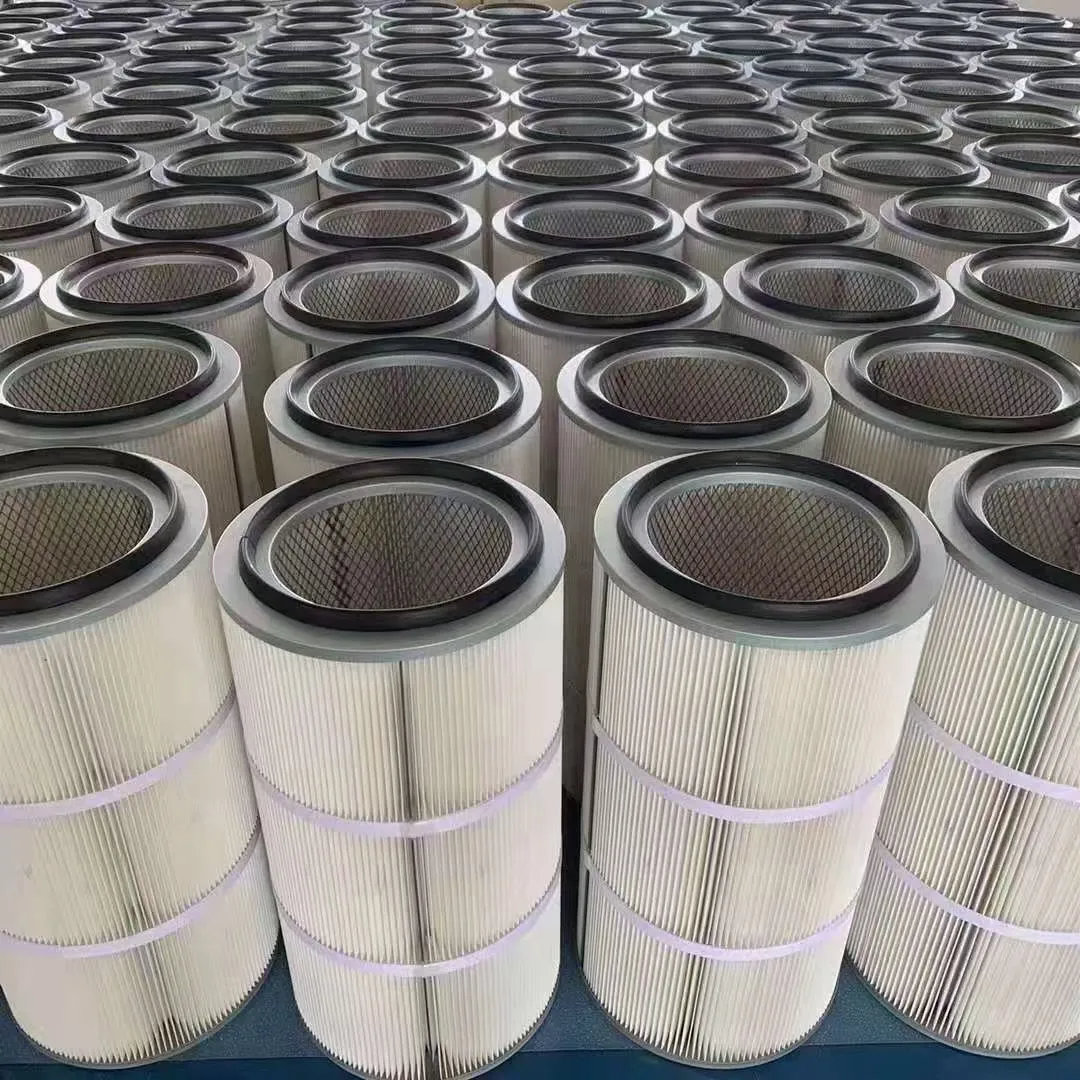 Tel:
+8615930870079
Tel:
+8615930870079
Aug . 11, 2024 11:48 Back to list
High-Performance Stainless Steel Sintered Filter Cartridge for Efficient Filtration Solutions
Understanding SS Sintered Filter Cartridges
Sintered filter cartridges play a crucial role in various industrial applications, providing efficient filtration solutions for liquids and gases. Among these, stainless steel (SS) sintered filter cartridges are particularly noteworthy for their durability, versatility, and high performance. This article explores the construction, benefits, applications, and maintenance of SS sintered filter cartridges.
Construction of SS Sintered Filter Cartridges
Stainless steel sintered filter cartridges are produced through a unique manufacturing process called sintering. This process involves compacting metal powder into a desired shape and then heating it to a temperature below its melting point. The result is a porous structure that allows for effective filtration while maintaining strength and integrity under pressure.
Typically, these cartridges are made from high-grade stainless steel, which provides excellent resistance to corrosion and high temperatures. The pore size in sintered filters can be tailored to meet specific application needs, ranging from 1 micron to larger sizes. This makes them suitable for various filtration applications, from capturing particulates to separating fluids.
Advantages of SS Sintered Filter Cartridges
1. Durability The inherent strength of stainless steel allows these cartridges to withstand harsh operating conditions, including high pressure and extreme temperatures. Unlike traditional fabric or paper filters, SS sintered filters do not easily tear or degrade over time.
2. Corrosion Resistance Stainless steel offers superior resistance to corrosive environments, making these cartridges ideal for chemical processing applications. They can be used safely in various corrosive fluids without the risk of contamination or structural failure.
ss sintered filter cartridge

3. Reusability Another significant advantage of SS sintered filter cartridges is their ability to be cleaned and reused. This not only reduces waste but also leads to cost savings over time, as businesses can lower their operational costs by minimizing the need for replacement filters.
4. Versatile Applications These filter cartridges are suitable for multiple applications, including oil and gas filtration, food and beverage processing, water treatment, and pharmaceutical manufacturing. Their versatility makes them a valuable asset across different industries.
5. High Filtration Efficiency SS sintered filter cartridges provide high rates of flow with minimal pressure drop, which is essential for efficient filtration processes. They can effectively remove particulates and impurities, ensuring the purity and quality of the final product.
Maintenance of SS Sintered Filter Cartridges
To maintain the effectiveness of SS sintered filter cartridges, regular cleaning and maintenance are essential. Depending on the application, cartridges may need to be backwashed, chemically cleaned, or replaced periodically. The cleaning process generally involves using high-temperature water or chemical cleaning agents to remove accumulated debris and contaminants.
It is also vital to monitor the pressure drop across the cartridge during operation. A significant increase in pressure drop can indicate that the filter is becoming clogged and needs maintenance. Regular inspection and timely intervention can help extend the lifespan of the cartridge and maintain optimal filtration performance.
Conclusion
SS sintered filter cartridges represent a reliable, efficient, and durable solution for a wide range of filtration applications. Their unique construction, combined with the benefits of stainless steel, makes them an excellent choice for industries requiring high-performance filters. As companies continue to seek ways to improve efficiency and reduce operational costs, the use of reusable and efficient filtration solutions like SS sintered filter cartridges will undoubtedly play a pivotal role in shaping the future of industrial processes. Investing in these advanced filtration systems ensures not only superior filtration performance but also sustainability and cost-effectiveness in the long run.
-
Types and Applications of Air Filtration CartridgesNewsJul.28,2025
-
The Role of Gas Turbine FiltersNewsJul.28,2025
-
Mastering Air Filter Cartridge UseNewsJul.28,2025
-
Advanced Turbine Filters for Modern Gas TurbinesNewsJul.28,2025
-
Cellulose Air Filter Cartridge Advantages in Dust FiltrationNewsJul.28,2025
-
Cellulose Filters for Air Particle ReductionNewsJul.28,2025

 Email:
Email:





